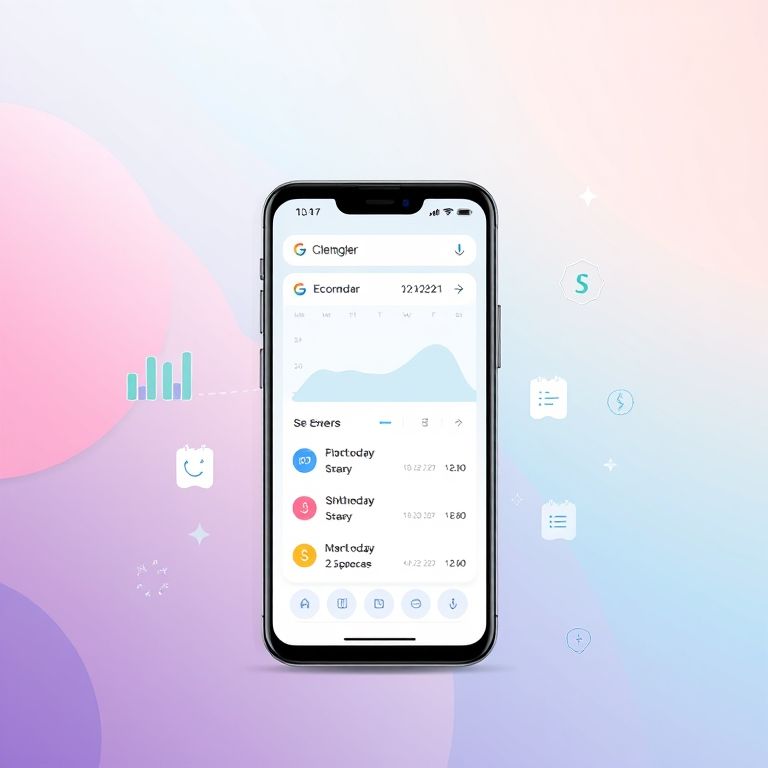How to sync an economic calendar with Google Calendar
How to Sync an Economic Calendar with Google Calendar
引言
If you’re trading across FX, stocks, crypto, and commodities, you know macro releases don’t wait for your mood to be right. An economic calendar synced to Google Calendar turns scattered notifications into a steady rhythm you can plan around. I’ve tested a few feeds, tweaked time zones, and learned that reliability isnt about one source—its about layering feeds and staying organized. The goal: a calendar you actually act on, not a wall of events you glance at once a week.

正文部分
Setting up the sync
- Pick one or two reputable economic calendars that offer an ICS/URL feed (examples: Forex Factory, Trading Economics, Investing.com). In Google Calendar, add a new calendar by choosing “From URL” and paste the ICS link. The events import as a separate calendar, so you keep your main schedule clean.
- After the import, adjust the time zone to your local zone and set a color for macro releases. A quick color cue helps you skim the day and decide where to allocate focus.
- Create reminders for high-impact events. A common setup is a 15–30 minute warning for major releases (e.g., nonfarm payrolls, CPI, central-bank decisions) and a separate alert a day ahead for busy weeks.
- Consider a backup calendar. Subscribing to a second ICS feed and color‑coding it differently gives you redundancy. If one feed lags, the other may still capture the core timing.
Practical usage across asset classes
- Forex: Macro data drive currency moves. With the calendar in Google Calendar, you can time trades and risk-reducing stops around major releases, e.g., Fed or ECB meetings. A quick glance shows which sessions to expect higher volatility.
- Stocks: Earnings dates and guidance often swing sector mood. Pair the earnings calendar with your own watchlist to avoid trading surprises.
- Crypto: On-chain events and protocol upgrades matter. An ICS feed that includes hard forks or major upgrades helps you avoid being blindsided by sudden liquidity shifts.
- Indices and commodities: Inventory reports, OPEC decisions, or geopolitical news can ripple through indices and commodities. Block out the hours around those releases to reassess positions.
- Options and volatility: Time-sensitive events can spike implied volatility. Use calendar alerts to reassess risk budgets before expiry weeks or key reports.
Reliability and risk management
- No single feed is perfect. Cross-check times against the official release schedule when possible. If two feeds disagree on a time, default to the most authoritative source and note the discrepancy.
- Use filters like “high impact” vs. “medium impact” to avoid calendar overload. A compact calendar with only the events that matter to your strategy keeps you focused.
- Regular hygiene helps: remove duplicates, adjust reminders after daylight saving steps, and prune events you consistently don’t act on.
DeFi, smart contracts, and AI trends
- DeFi calendars are emerging but fragmented. They can surface governance proposals or token launches, yet reliability hinges on oracle consistency and on-chain data integrity.
- Smart contracts can automate responses to calendar events, such as triggering a predefined exit or hedge when a high-impact data point prints. AI can summarize release notes and sentiment, helping you decide whether to trade or sit on hands.
- Challenges include latency, data quality, and governance risk. Building a robust process means blending centralized feeds for timing with on-chain signals for context.
Prop trading and future prospects
- In prop trading, event-driven approaches remain a core edge. Aligning your calendar with risk controls and pre-approved playbooks lets you scale up exposure when volatility spikes and pull back when momentum fades.
- The next frontier blends cross-asset calendars with automated execution. Expect more desks to integrate calendar signals into their streaming data pipelines, supported by AI-driven risk checks and smart contracts that execute predefined trades.
宣传用语/宣传性句子(slogans)
- Turn calendar data into actionable edge.
- Plan the schedule, execute with confidence.
- Your edge starts when the calendar meets your chart.
总结性洞见
把经济日历和 Google 日历捆绑起来,是从糟糕的时间管理到系统化交易的转变。跨多资产的学习和实践,不仅帮助你理解数据背后的市场反应,也让你在去中心化金融的风潮与传统市场的交叉点上保持敏捷。未来,智能合约交易与 AI 驱动的策略将让日历中的事件变成可执行的交易脚本,Prop trading 的潜力也会因为更高效的日历与执行层而被放大。把握节奏,便能在数据驱动的市场环境里,找到自己的稳健节拍。